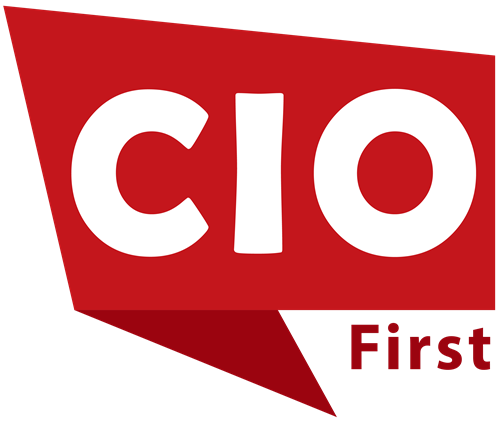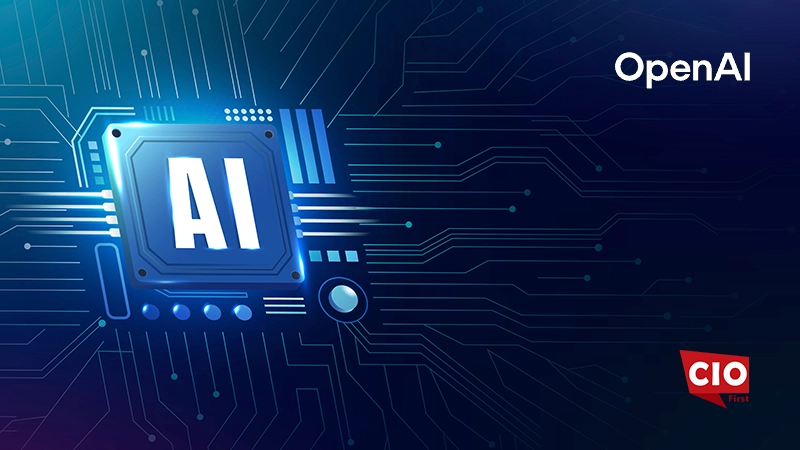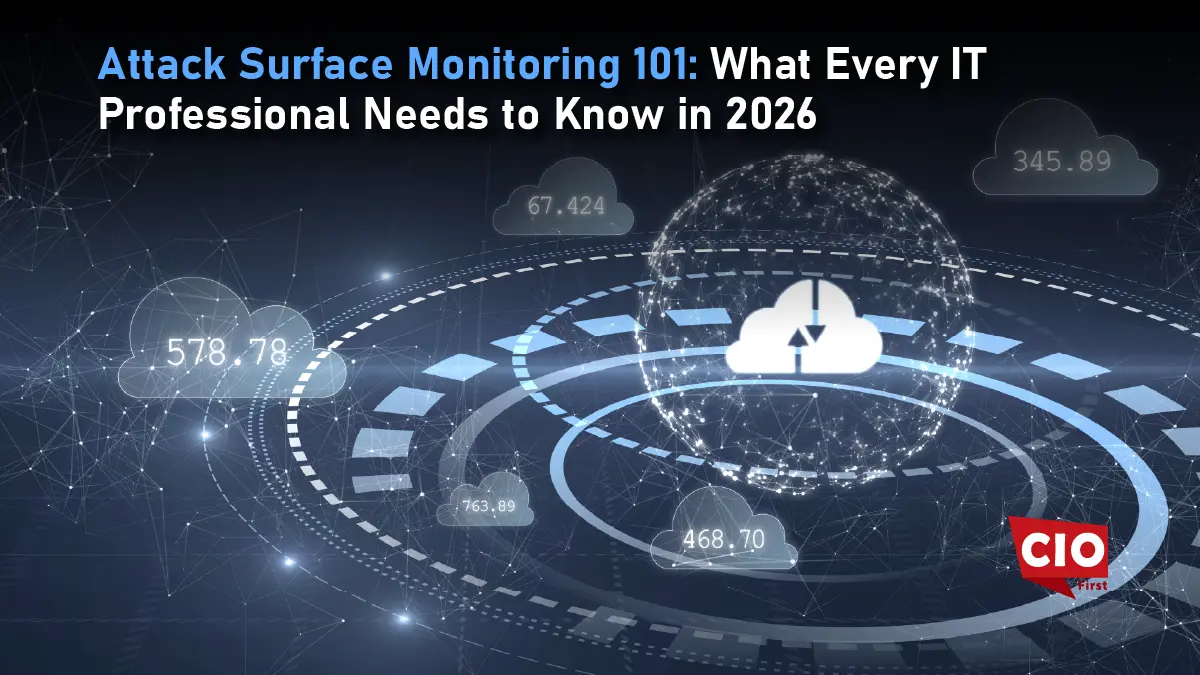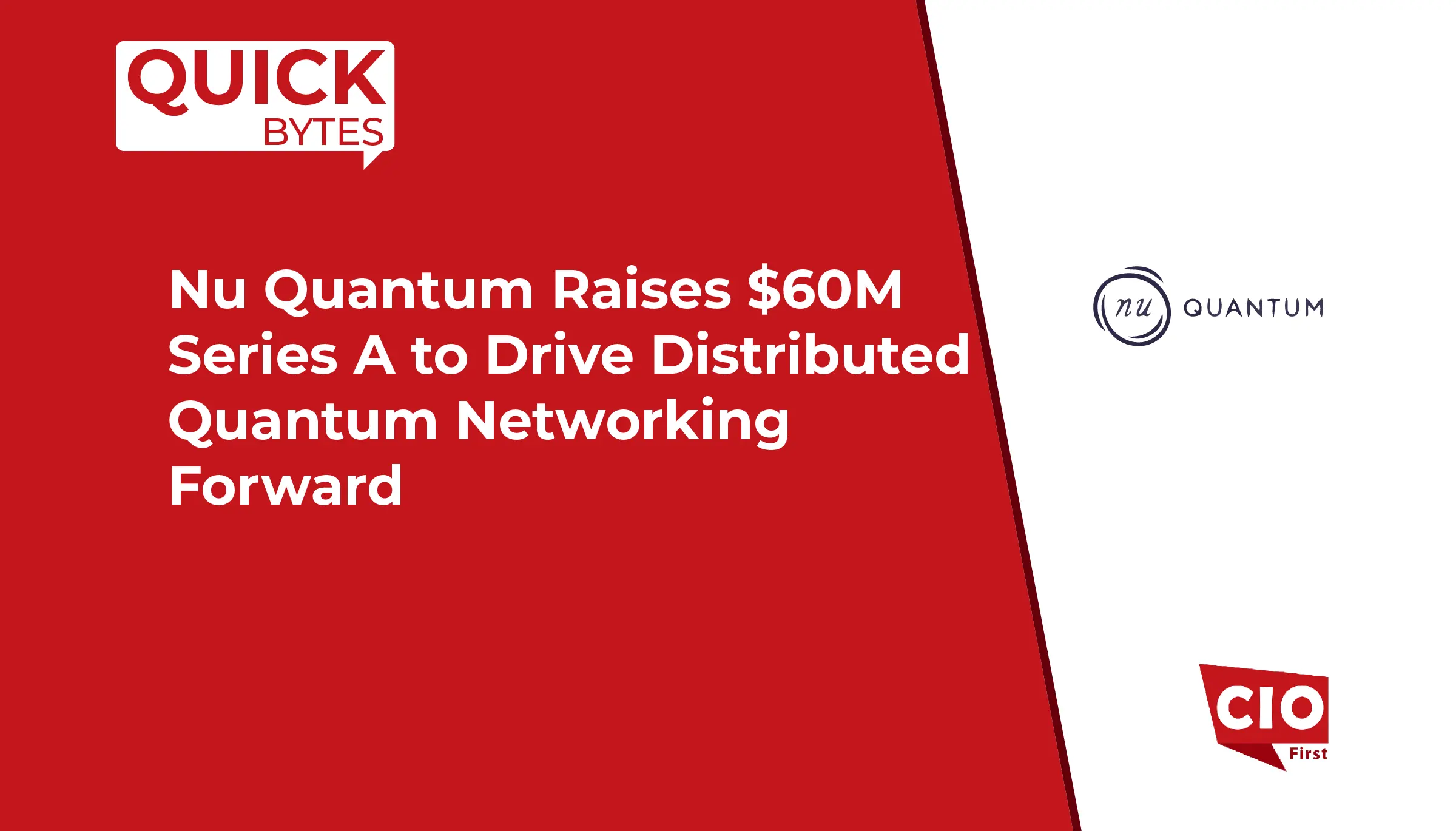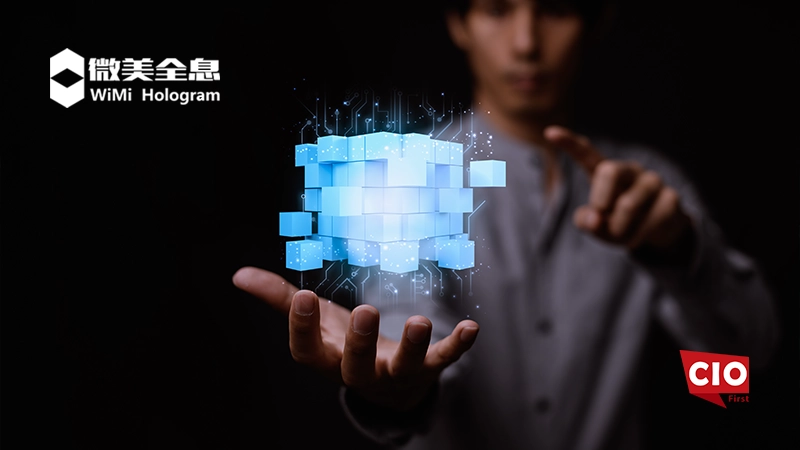WiMi Hologram Cloud Inc., a leading global Hologram Augmented Reality Technology provider, announced the development of an innovative “holographic” quantum algorithm for simulating highly correlated spin systems. This technology enables efficient ground state preparation and dynamic evolution, while significantly reducing the demand for quantum bit resources.
The ground state and dynamic evolution of spin systems are core areas of research in quantum physics and material science. However, simulating highly entangled quantum states often requires a large number of quantum bit resources. In particular, for two-dimensional and three-dimensional systems, traditional quantum simulation methods demand an exponentially growing number of quantum bits, posing a significant challenge to existing quantum computing hardware. How to effectively simulate these complex systems under the constraint of a limited number of quantum bits has become a pressing problem in the field of quantum computing.
The holographic quantum algorithm developed by WiMi is based on the equivalence between matrix product states and quantum channels. Through partial measurements and quantum bit reuse techniques, it significantly reduces the number of quantum bits required. This algorithm incorporates the following key innovations:
Also Read: AppViewX Appoints Dino DiMarino, former CRO of Qualys, as CEO to Drive Next Phase of Growth
Quantum Bit Reuse Strategy: By utilizing the compact representation of matrix product states, the D-dimensional spin system is mapped to a quantum computing architecture that only requires a subset of (D-1) quantum bits and an auxiliary quantum bit register. This approach ensures that the number of quantum bits required grows logarithmically with the increase in the entanglement of the simulated state, rather than growing non-linearly or exponentially.
Holographic Variational Quantum Eigensolver (holoVQE): The holographic variational method directly prepares the system’s ground state from the known MPS representation or uses holoVQE to optimize the ground state energy. This method combines the advantages of quantum computing and classical optimization, enabling precise determination of the ground state energy for infinite-chain systems.
Efficient Time Evolution Implementation: By introducing additional overhead in the quantum channel, the algorithm can simulate the MPS dynamics under the action of a local Hamiltonian within time t. This mechanism provides a powerful tool for studying thermalization dynamics with rapid entanglement growth.
Resource Efficiency and Hardware Implementation: When implemented on actual hardware, the holographic quantum algorithm requires only a minimal number of quantum bits to simulate complex systems with exponentially large bond dimensions. Specifically, on ion-trap quantum computers, WiMi successfully simulated the antiferromagnetic Heisenberg chain and achieved precise calculation of the infinite-chain ground state energy using only two pairs of quantum bits.
WiMi’s technology leverages the equivalence between matrix product states (MPS) and quantum channels. MPS is a classical method for compactly representing highly entangled quantum states by decomposing a global quantum state into a series of low-rank tensor products. The holographic quantum algorithm utilizes this feature by decomposing the simulation target into a series of local operations, making the required number of quantum bits proportional to the logarithm of the entanglement entropy.
Among these, partial measurements and quantum bit reuse involve performing partial measurements on subsystems and reusing the measured quantum bits. This approach significantly conserves quantum resources while maintaining the system’s entanglement structure. The specific operations include: applying local Hamiltonian operations to the target spin system; measuring a subset of quantum bits and recording the measurement results; updating the quantum state of the remaining system based on the measurement results and recycling the released quantum bits.
The core of the Holographic Variational Quantum Eigensolver (holoVQE) algorithm is to transform the ground state energy problem into a variational optimization problem. The specific steps include: initializing the quantum state as a random matrix product state; applying a parameterized quantum circuit and using a classical optimizer to update the parameters; and iteratively minimizing the expected energy value to eventually approach the ground state energy.
By decomposing the evolution operations in the quantum channel, the time evolution operation is implemented as a superposition of a series of local Hamiltonian actions. The algorithm further utilizes time-step iteration and Trotter decomposition to improve computational efficiency and accuracy.
The development and validation of WiMi’s holographic quantum algorithm open new possibilities for quantum computing technology. It not only significantly reduces the resources required to simulate complex quantum systems, but also provides an effective tool for exploring highly entangled quantum states and rapid entanglement growth phenomena. With this technology, researchers can efficiently study problems such as the ground states of two-dimensional and three-dimensional spin systems, as well as complex dynamic evolution, even under limited hardware conditions.
In the future, the optimization potential of this technology remains immense. The research team plans to expand the scope of the holographic quantum algorithm and develop more advanced variational quantum eigensolver methods to further enhance precision and efficiency. Additionally, this technology can explore more application possibilities in practical scenarios by integrating with new types of quantum hardware.
With the rapid development of quantum computing, WiMi‘s holographic quantum algorithm will undoubtedly become an important milestone in advancing quantum science and technology. It not only demonstrates an innovative path for quantum algorithm design but also lays a solid foundation for the widespread adoption and application of quantum computing.
Source: PRNewswire
